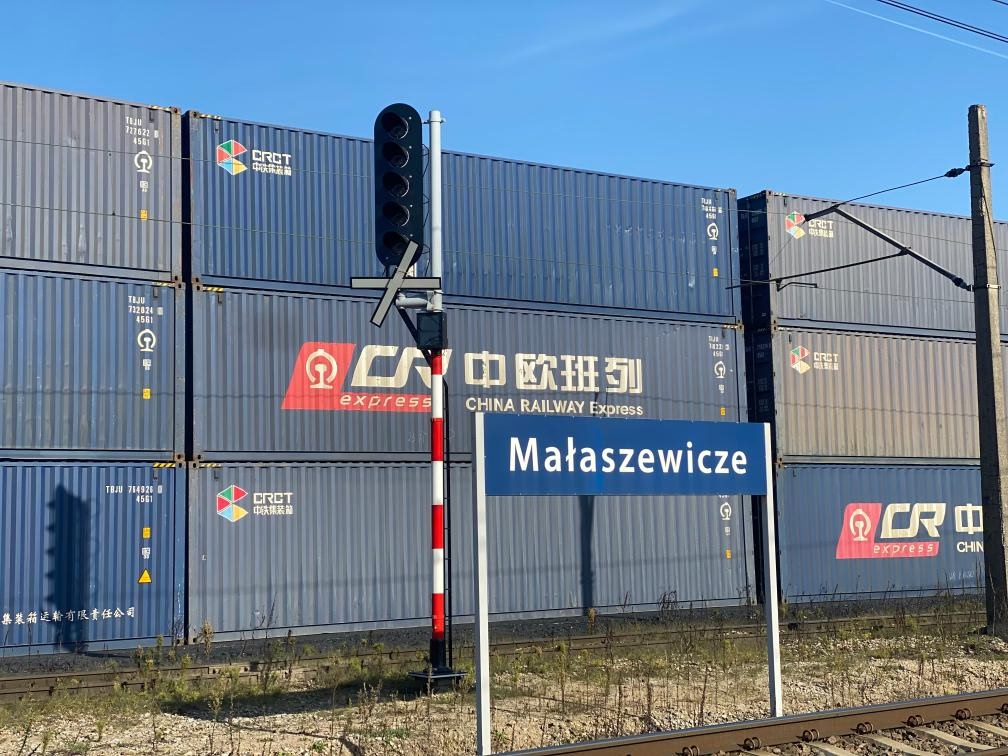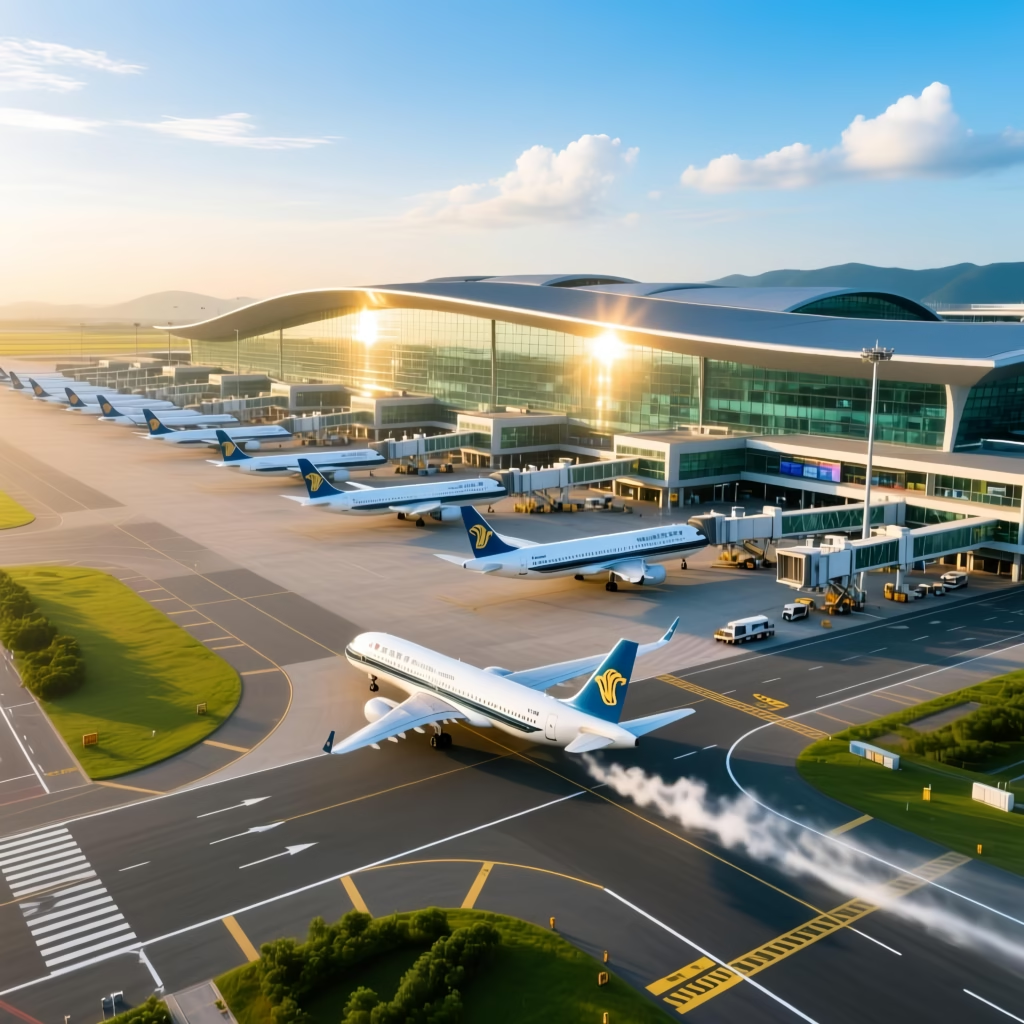Nowy Jedwabny Szlak: Poland’s Key Gateway on the New Silk Road.
The Nowy Jedwabny Szlak (New Silk Road) is more than a revival of an ancient trading route—it’s a modern economic artery linking China with Europe via Central Asia. Since China’s “One Belt, One Road” initiative launched in 2013, overland freight volumes have surged, with Poland emerging as Europe’s strategic hub. This article explores the infrastructure, trade statistics, and future prospects of the New Silk Road through Poland, complete with a Q&A section to answer the most pressing questions.
Mapping the Silk Road Economic Belt
China’s Belt and Road Initiative comprises two main corridors:
- The Silk Road Economic Belt (overland rail and road routes through Central Asia to Europe)
- The 21st Century Maritime Silk Road (sea lanes through Southeast Asia, Indian Ocean, and beyond)
The overland corridor via Kazakhstan, Russia, Belarus and Poland—often called the New Eurasian Land Bridge—now handles 3–4% of China-EU trade by value, with ambitions to expand its share to 20% in case of maritime disruptions.
Poland: Europe’s Emerging Hub
Strategic location at the crossroads of two rail gauges (1520 mm from the east, 1435 mm in Europe) positions Poland as a natural transshipment point. Researchers highlight that while high demand on the New Eurasian Land Bridge doesn’t guarantee Poland will dominate, its logistical advantages make it the leading regional hub in Central and Eastern Europe.
Key factors favoring Poland’s role:
- Proximity to EU markets
- Developed rail network and major border terminals
- EU and national funding for rail modernization
Logistics Boom in Małaszewicze
Małaszewicze, on the Belarus–Poland border, is Europe’s busiest rail gateway for China-bound cargo. After handling up to 14 container trains daily during the pandemic peak, volumes dipped in 2022–23 before rebounding sharply in 2024. In H1 2024:
- Trans-Eurasian rail volumes rose by 66% year-on-year
- 189,000 TEU (20-foot containers) moved through the corridor
- 163,000 TEU were imports from China, generating significant VAT and customs revenues for Poland
This growth led Małaszewicze to set a one-day record of 16 wide-gauge trains in August 2024, underscoring renewed demand amid Red Sea shipping disruptions.
Supply Chain Investments & Infrastructure
Poland has capitalized on EU and national funds to upgrade its rail and intermodal infrastructure. Highlights include:
- Amber Rail Freight Corridor (RFC 11) linking Poland, Slovakia, Hungary, Slovenia, and back to Poland’s eastern border
- Modernization of TEN-T rail lines, raising “good condition” tracks from 25% (2007) to 55% (2015) under EU Operational Programme Infrastructure & Environment
- Expansion plans for the Terespol–Brest border crossing, including new logistics parks and UIC 60 rails to handle 1,050 m trains at 25 t axle loads
These improvements aim to prevent bottlenecks, boost throughput to 55 train pairs per day, and maintain competitive transit times of 12–14 days from Xi’an to Europe.
Economic Impact & Projections
Poland’s overall trade with China soared from USD 18.3 billion in 2010 to USD 33.8 billion by 2018, an 84.3% increase. Exports grew 53.5% to USD 2.5 billion, while imports ballooned, deepening the trade deficit but reflecting stronger supply-chain integration.
Analysts estimate that by 2040, the Belt and Road Initiative could boost Poland’s GDP by up to USD 40 billion—driven largely by rail freight, infrastructure investments, and ancillary logistics services.
Overcoming these requires continued infrastructure upgrades, streamlined regulations, and diversified routes.
Poland’s rail network enhancements and strategic investments in logistics parks will solidify its role as Europe’s New Silk Road gateway. Key developments to watch:
- Completion of the Małaszewicze logistics park (4 billion PLN investment)
- Upgraded rail gauge and faster services to reach 55 daily train pairs
- Diversification via Trans-Caspian and Baltic corridors to reduce congestion risk
As China and EU firms seek reliable, sustainable, and swift transport, Poland’s Nowy Jedwabny Szlak corridor stands to benefit from both volume growth and higher-value trade flows.
Further Reading & Resources:
What to Buy from China and Sell in Spain
A Guide to China’s Top 5 Airports 2025
Soaring Through the Middle Kingdom: A Guide to China’s Top 5 Airports 2025, China’s meteoric…
The Ultimate Guide to Sourcing & Shipping Christmas Ornaments from China
The Ultimate Guide to Sourcing & Shipping Christmas Ornaments from China. The holiday season is…
Decoding Shunde: The Ultimate Guide to the World’s Appliance Capital
Decoding Shunde, If you’ve ever turned on a microwave, blended a smoothie, or adjusted your…




